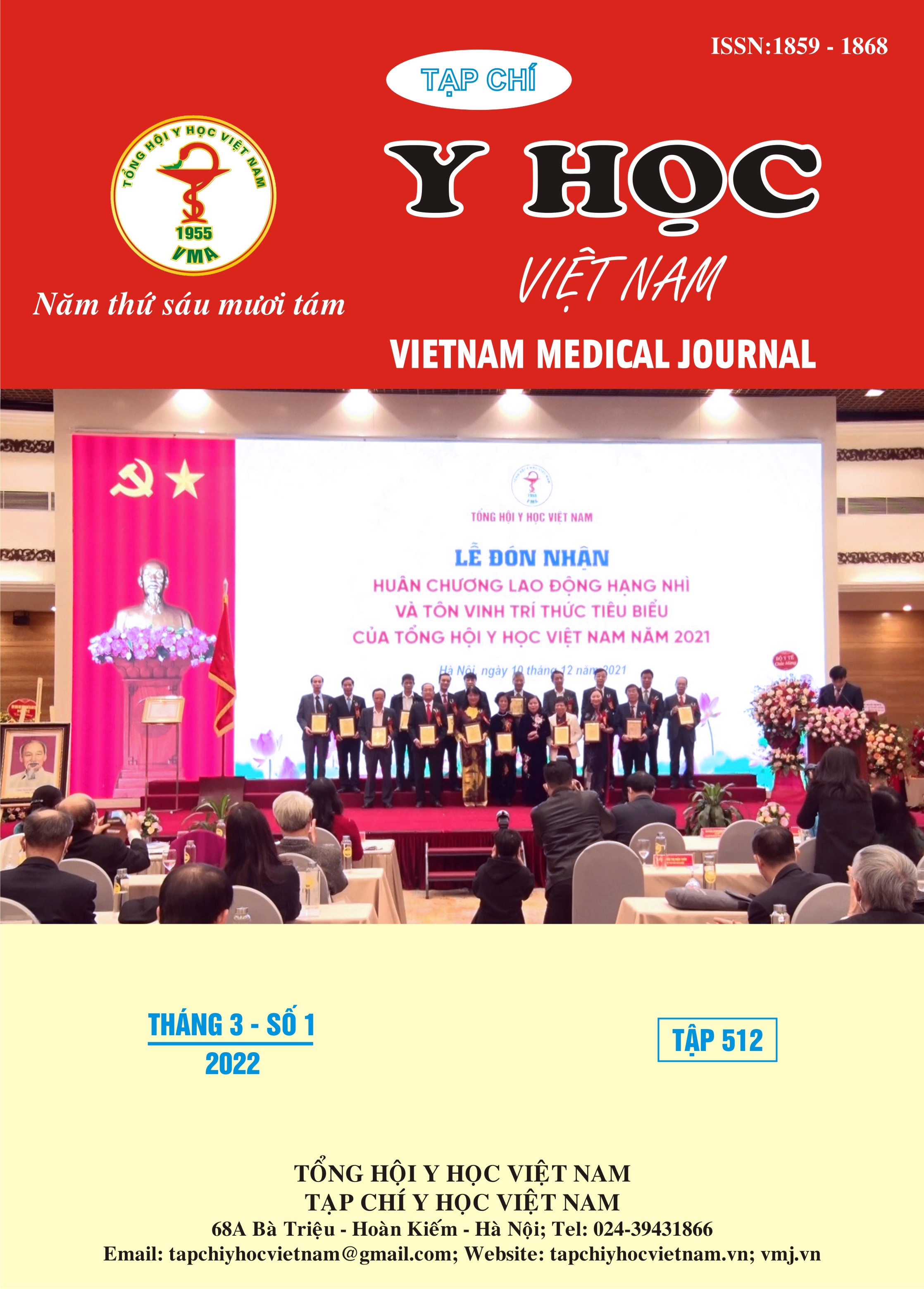CHẤT LƯỢNG CUỘC SỐNG VÀ CÁC PHƯƠNG PHÁP ĐÁNH GIÁ Ở BỆNH NHÂN TĂNG TIẾT MỒ HÔI TAY
Main Article Content
Abstract
Palmar hyperhidrosis is characterized by excessive sweating in the palms in comparison to the physiological needs of the body. This condition is caused by an overactivity of the sympathetic nervous system. This is not a common, non-life-threatening disease, but it affects most aspects of the patient's quality of life. Currently, in the world, there have been many studies applying scales and questionnaires to assess the quality of life of patients such as SF-36, WHOQOL0-100, HidroQOL... The development and application of these scales and questionnaires help clinicians have a more objective view of the disease's impact on patients as well as offer reasonable interventions to improve the patient's quality of life.
Article Details
Keywords
Palmar hyperhidrosis, quality of life
References
2. de Campos, J. R.da Fonseca và N. H. V.Wolosker (2016), "Quality of Life Changes Following Surgery for Hyperhidrosis", Thorac Surg Clin. 26(4), tr. 435-443.
3. P. Kamudoni và các cộng sự. (2017), "The impact of hyperhidrosis on patients' daily life and quality of life: a qualitative investigation", Health Qual Life Outcomes. 15(1), tr. 121.
4. Paul Kamudoni (2014), Development, validation and clinical application of a patient-reported outcome measure in hyperhidrosis: The Hyperhidrosis Quality of Life Index (HidroQoL©), PhD Thesis, Cardiff University.
5. M. Lenefsky và Z. P. Rice (2018), "Hyperhidrosis and its impact on those living with it", The American journal of managed care. 24(23), tr. 491-495.
6. Larissa Da R Lessa và các cộng sự. (2014), "The psychiatric facet of hyperhidrosis: demographics, disability, quality of life, and associated psychopathology", Journal of Psychiatric Practice®. 20(4), tr. 316-323.
7. Nowell Solish và các cộng sự. (2007), "A comprehensive approach to the recognition, diagnosis, and severity‐based treatment of focal hyperhidrosis: recommendations of the Canadian Hyperhidrosis Advisory Committee", Dermatologic Surgery. 33(8), tr. 908-923.
8. John E Ware Jr và Cathy Donald Sherbourne (1992), "The MOS 36-item short-form health survey (SF-36): I. Conceptual framework and item selection", Medical care. 30(6), tr. 473-483.


